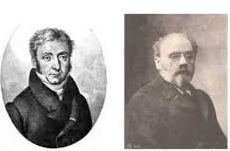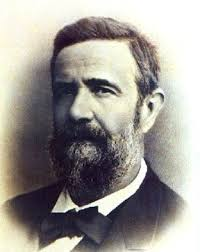Science > Chemistry > Concept of Atomic Mass and Equivalent Mass > Atomic Mass by Dulong Petit’s Law In previous articles, we have studied Cannizzaro’s method and law of isomorphism method to determine atomic mass. In this article, we shall study to calculate atomic mass by Dulong Petit’s law. Specific Heat: The amount of heat […]



